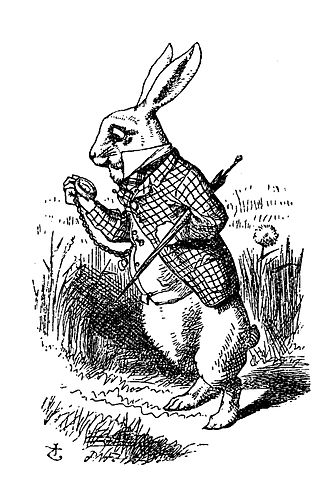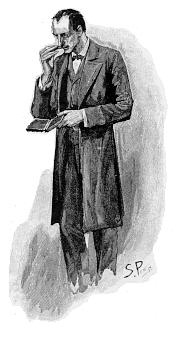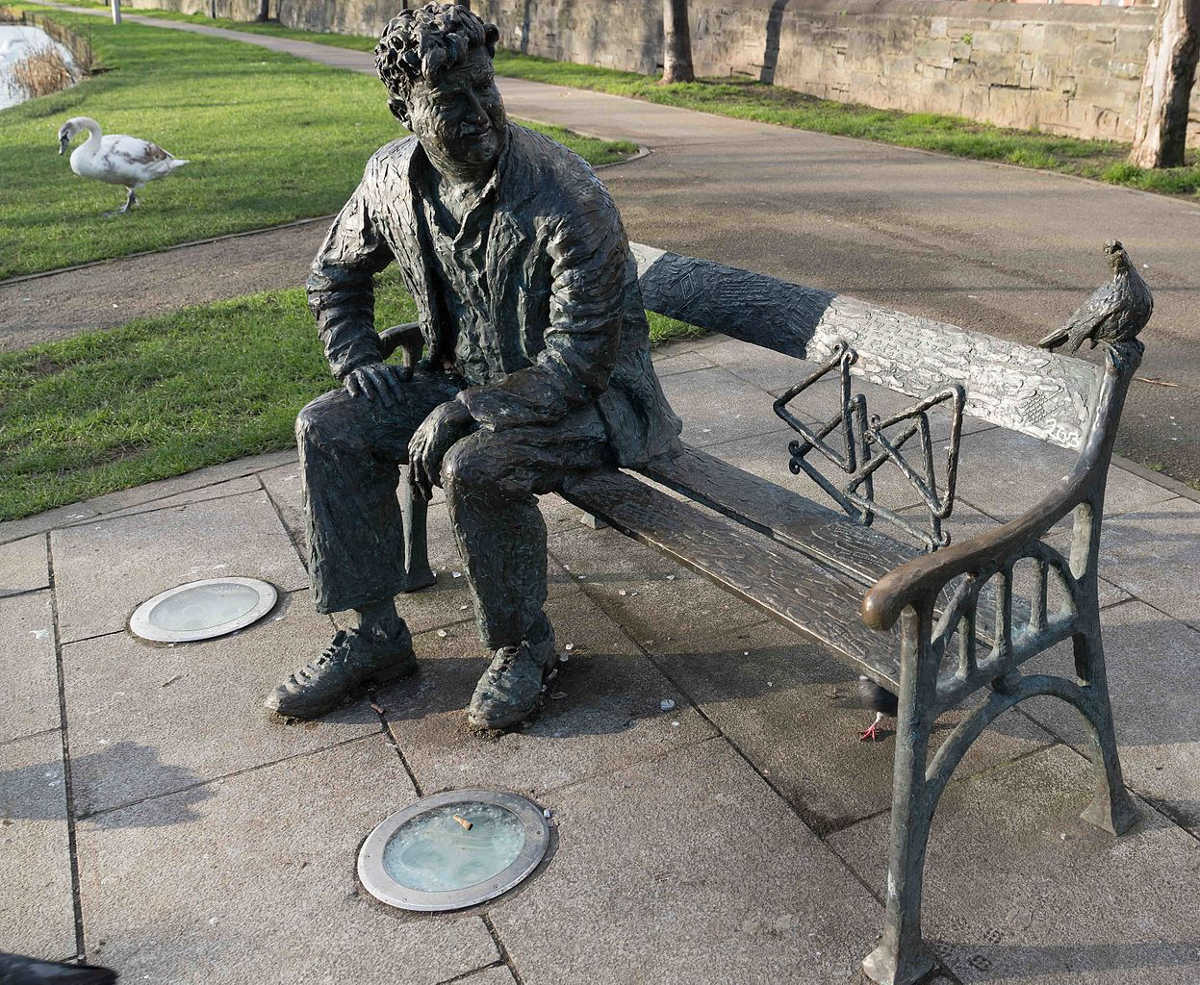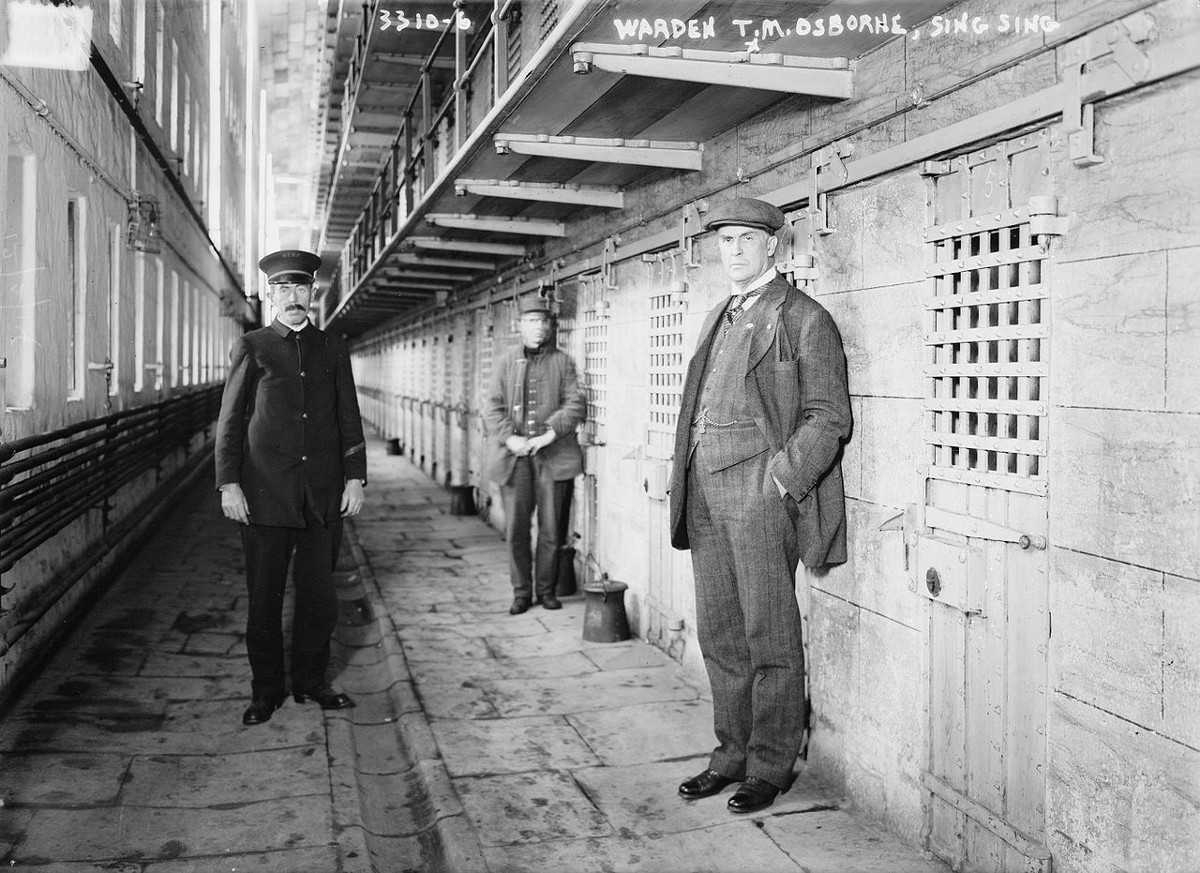
Clive Harcourt Carruthers’ 1964 book Alicia in Terra Mirabili begins at once, without a preface:
Aliciam iam incipiebat plurimum taedere iuxta sororem suam in ripa sedere nec quidquam habere quod faceret.
Semel et saepius in librum oculos coniecerat quem soror legebat: sed ei inerant nec tabulae nec sermones. ‘Quid adiuvat liber,’ secum reputabat Alicia, ‘in quo sunt nullae tabulae aut sermones?’
Itaque cogitabat (nempe ut lucidissime poterat, nam tempestate calida torpebat semisomna) num operae pretium esset surgere et flosculos carpere, modo ut sertum nectendo se delectaret, cum subito Cuniculus Albus oculis rubeis prope eam praeteriit.
Only a brief “Glossarium” at the end might give a clue to its origin:
aureorum decoctio malorum: orange marmalade
Baro Cordium: Knave of Hearts
Feles Cestriana: Cheshire Cat
lusio pilae et mallei: croquet
thea: tea








